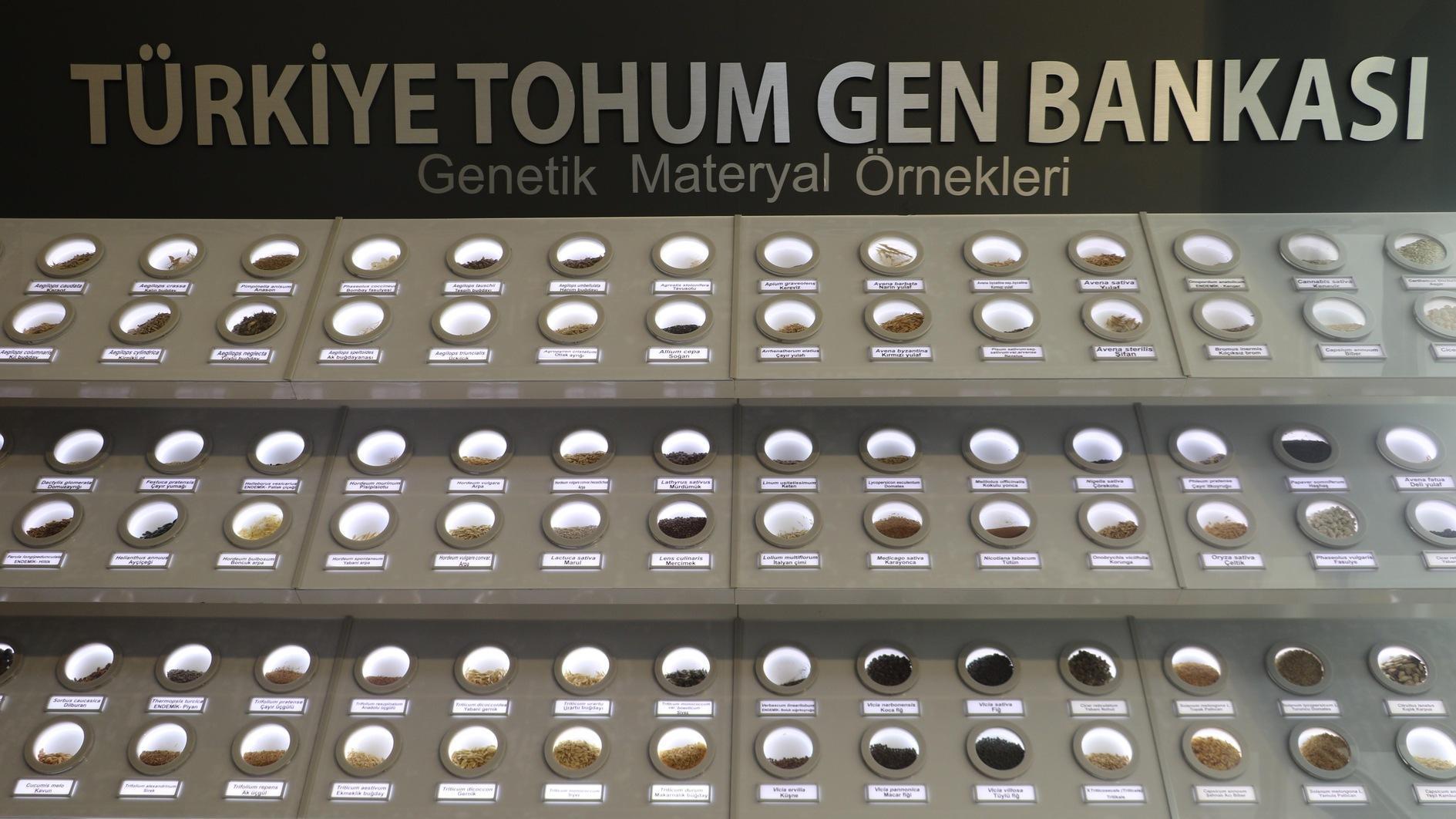
Some 120,000 seeds are stored in special rooms at temperatures ranging from -18 to 5 degrees Celsius, preserving the rich plant genetic diversity for the future at the Seed Gene Banks in the capital Ankara and the western province of İzmir.
Changing climate conditions pose significant challenges to food production, making Seed Gene Banks crucial. These banks safeguard the biological wealth of Anatolia, preserving seeds of numerous crops like lentils, beans, peppers and watermelons.
Researchers at the Central Research Institute of Field Crops collect seeds from across Türkiye's 81 provinces and seven regions. The collected seeds undergo cleaning, germination testing, and drying at specific humidity and temperature levels. After these processes, the seeds are vacuum-packed and stored in secure rooms at -18 degrees Celsius.
Intermediate storage rooms maintain a temperature between 5 and 8 degrees Celsius. Seed samples here are available for research projects.
Dr. Hümeyra Yaman, director of the Central Research Institute of Field Crops, shared that the collection and preservation of Türkiye's genetic resources began years ago. Since the establishment of the General Directorate of Agricultural Research and Policies (TAGEM), Türkiye has been collecting and developing seed genetic resources.
Donors can also contribute seeds to the banks. "Some donors multiply these seeds themselves and can send them directly after filling out forms from TAGEM," Yaman explained.
She highlighted that TAGEM's 50 research institutes primarily consist of plant breeders, who send genetic materials from their breeding studies to the gene bank for protection.
Yaman detailed the process behind seed preservation. Seeds arriving at the bank receive a temporary registration number and are screened. In the selector house, light grains and non-representative seeds are separated. The remaining seeds undergo a germination test, aiming for an 85 percent germination rate, with specific procedures for each species.